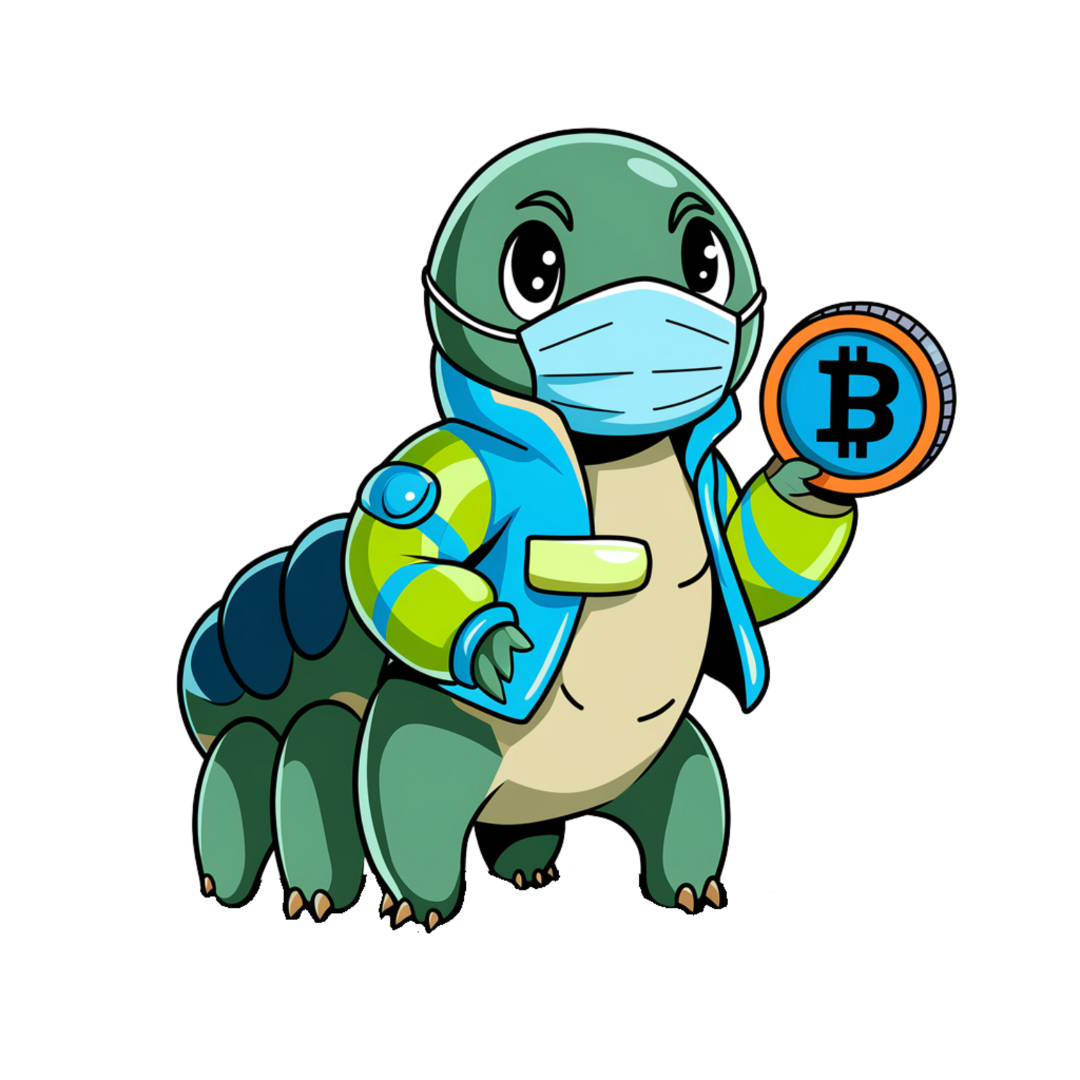Ever wonder how blockchain projects create value? The secret lies in something called tokenomics. It’s not just about the tech; it’s about the economics behind the tokens.
Understanding tokenomics is more important than ever. The crypto world is booming, and knowing the basics can help you spot a solid project from a shaky one. Getting it empowers you to make smart calls. Ready to unlock the secrets? Let’s dive in.
What is Tokenomics?
Tokenomics is simply the study of a cryptocurrency’s economy. Think of it like the rules of money for a digital world. It looks at how tokens are made, distributed, and used. In essence, it explores the ins and outs of the token itself.
Core Components of Tokenomics
Several elements form a cryptocurrency’s tokenomics. Supply, distribution, and utility are some important areas.
- Supply: How many tokens exist?
- Distribution: How are tokens spread out?
- Utility: What can you do with the token?
We’ll explore these aspects more. It will help you get a strong grasp of how crypto works.
Why Tokenomics Matters
Good tokenomics can make or break a project. Solid tokenomics can attract users and keep them engaged. It also builds value over time. Poor design might cause inflation or discourage people. Projects need a thoughtful plan for success. The right tokenomics helps projects thrive.
Token Supply: Scarcity and Abundance
Token supply is the amount of a token that exists. It plays a huge part in figuring out its value. Is the supply limited, like a rare coin? Or is it unlimited, like dollars? These things matter.
Fixed Supply vs. Inflationary Supply
Some tokens have a fixed supply. Bitcoin is one example; only 21 million will exist. This scarcity can drive up the price. Other tokens have an inflationary supply. Ethereum, for instance, can increase over time. This can incentivize early adoption but can also lead to dilution.
Consider Bitcoin’s fixed supply. Its scarcity plays a large part in its value. Now, think about Ethereum. Its supply changes over time, influencing price and adoption.
Burning Mechanisms
Token burning involves removing tokens from circulation. This decreases the total supply. When tokens get burned, each remaining token can become more valuable. Some projects burn tokens regularly to boost scarcity and reward holders. Burning mechanisms can significantly impact value.
Token Distribution: Fair Launch and Beyond
How tokens are first distributed is a big deal. It affects the community and long-term success. A fair launch can build trust, while unfair distribution can spark resentment. Getting it right sets the stage for growth.
Initial Coin Offerings (ICOs) and Initial Exchange Offerings (IEOs)
ICOs and IEOs are ways to distribute tokens early on. An ICO means the project team sells the tokens directly. An IEO happens through a crypto exchange. IEOs can offer more security compared to ICOs. Each has ups and downs. It will depend on your goals and risk tolerance.
Airdrops and Staking Rewards
Airdrops involve giving away free tokens to users. Staking rewards are earned by holding tokens and helping secure the network. Both can drive participation and reward token holders. Think of airdrops like a welcome gift. Imagine staking as earning interest on your crypto savings. These strategies reward users.
Token Utility: Driving Demand and Value
Utility is what you do with a token. This can drive demand and value. A token with great utility is more appealing to users. So, the token’s value can grow.
Governance Tokens
Governance tokens let holders vote on project decisions. This power can be valuable. If you own a governance token, you help shape the future. Voting rights allow you to influence the project. Active governance participation can increase the token’s appeal.
Utility Within the Ecosystem
Tokens can serve many uses in an ecosystem. They can pay transaction fees or unlock exclusive features. Think of Binance’s BNB, which offers discounted trading fees. Or Brave’s BAT, rewarding users for viewing ads. Tokens with real-world use tend to perform better.
Analyzing Tokenomics: Key Metrics and Red Flags
Analyzing tokenomics involves looking at key metrics and potential issues. This will help you spot problems. Good analysis improves your decisions.
Market Capitalization and Circulating Supply
Market cap shows a token’s total value. Circulating supply is the number of tokens in use. You can gauge a token’s potential by viewing these numbers. A low market cap and high circulating supply could mean growth. Always investigate and understand.
Identifying Potential Pitfalls
Watch out for high inflation rates. Also, beware of centralized token distribution. Lack of utility is a bad sign too. Steer clear of projects with these issues. Do your research and stay informed.
Conclusion
We’ve explored the world of tokenomics. We discussed supply, distribution, and utility. A firm grasp can help you better understand a project. Understanding this complex world empowers you to make smart choices.
Remember, always do your own research before investing. Look at the tokenomics. This can protect your crypto ventures.

























